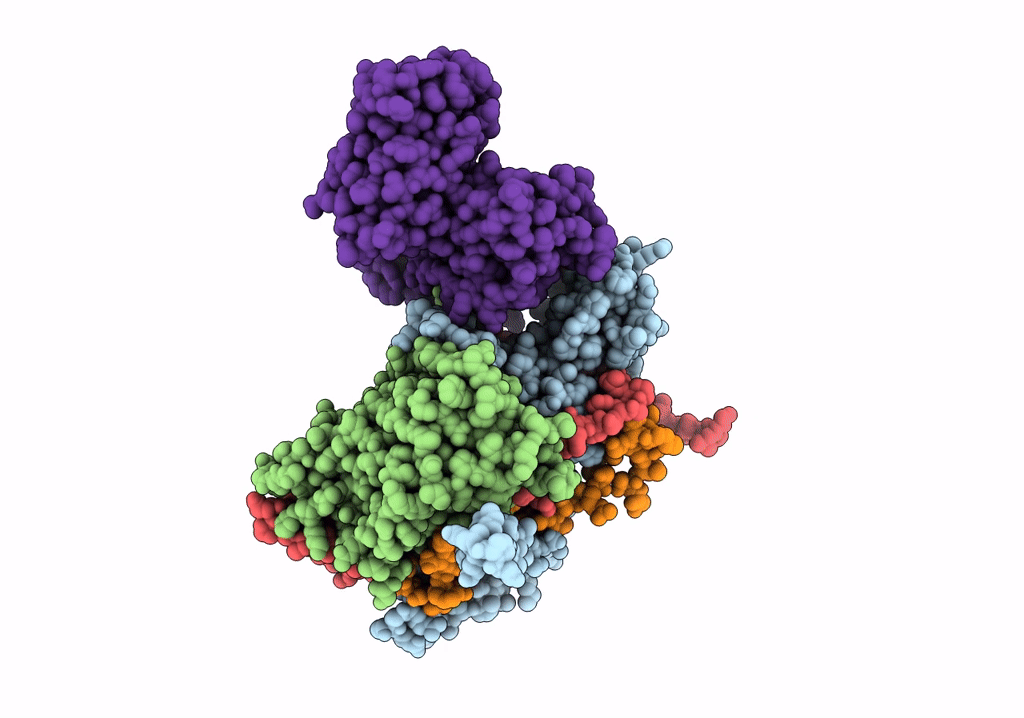
Deposition Date
2019-08-27
Release Date
2020-01-15
Last Version Date
2024-11-06
Entry Detail
PDB ID:
6SNW
Keywords:
Title:
Structure of Coxsackievirus A10 complexed with its receptor KREMEN1
Biological Source:
Source Organism:
Homo sapiens (Taxon ID: 9606)
Coxsackievirus A10 (Taxon ID: 42769)
Coxsackievirus A10 (Taxon ID: 42769)
Host Organism:
Method Details:
Experimental Method:
Resolution:
3.90 Å
Aggregation State:
PARTICLE
Reconstruction Method:
SINGLE PARTICLE


